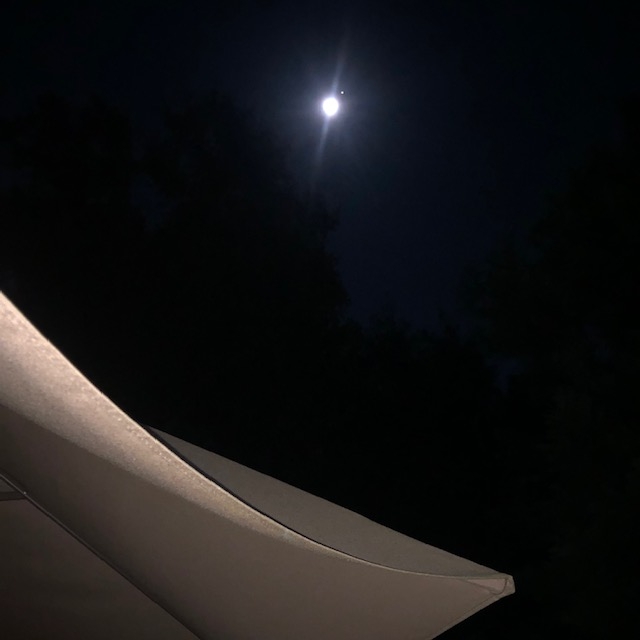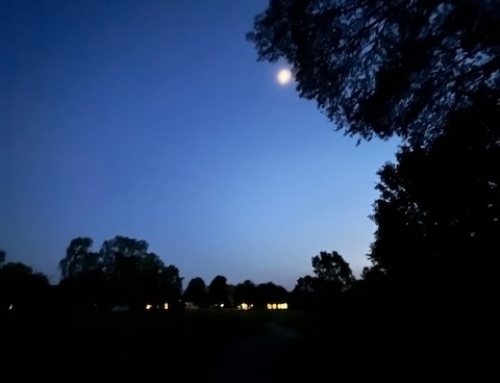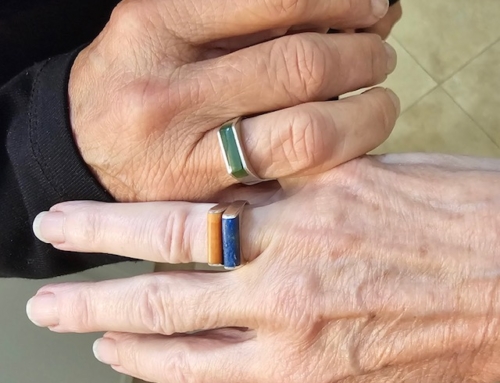
Good morning…
From a handful of people whom I love dearly, I was forwarded the following email over the past week.
The Christmas Star appearing this year on December 21 is making news. It is amazing that this occurrence is in the year 2020. In the year when Jesus was born there was violence, chaos, political and social unrest. It was dark. The Magi found Him by way of the star which was the “meeting” of the planets: Jupiter, Saturn and Mars. The Magi followed the star until it rested where Jesus was and they began to worship Him. In a time when it was dark, Light was brought into our world. Jesus stepped into the chaos and brought peace.
Fast forward to 2020 – a time of violence, chaos, political and social unrest. It is dark. Winter Solstice, December 21, is the shortest day and longest night of the year…It is literally the “darkest day” and the beginning of what many would say is the cold, dark winter season. But on the darkest day this year, Jupiter and Saturn meet, giving us the Christmas Star! How fitting that for a moment during the Christmas season we are able to see this beautiful reminder, that even in the darkest times, Light will and has, stepped in. In our chaos, He is there. In our darkest time, He is there. He brings Light and makes all things new.
So as we look out on December 21st for the Christmas Star, may we be reminded of His power and His Light that He brings for all mankind. He is perfect at stepping into chaos and bringing it into peace.
Researching the Christmas Star further, I found a fascinating article. Here are a few intriguing insights.
- The two largest planets in our solar system are coming closer together than they have been since the Middle Ages, and it’s happening just in time for Christmas — hence the nickname of the “Christmas Star.” While it’s not an actual star, the two planets will certainly make a bright splash in the night sky. On the night of December 21, the winter solstice, Jupiter and Saturn will appear so closely aligned in our sky that they will look like a double planet. This close approach is called a conjunction.
- “Alignments between these two planets are rather rare, occurring once every 20 years or so, but this conjunction is exceptionally rare because of how close the planets will appear to one another,” said astronomer Patrick Hartigan, a professor of physics and astronomy at Rice University in Houston. “You’d have to go all the way back to just before dawn on March 4, 1226, to see a closer alignment between these objects visible in the night sky.”
- “You can imagine the solar system to be a racetrack, with each of the planets as a runner in their own lane and the Earth toward the center of the stadium,” said Henry Throop, astronomer in the Planetary Science Division at NASA Headquarters in Washington, DC. “From our vantage point, we’ll be able to be to see Jupiter on the inside lane, approaching Saturn all month and finally overtaking it on December 21.”
- Jupiter will appear brightest and be easily visible. Saturn will be slightly fainter and will appear slightly above and to the left of Jupiter. On December 21, Jupiter will overtake Saturn and they will swap places in our sky.
- “On December 21, the sun will set around 4:30. After that, it is a race — the sky must get dark enough to see Jupiter and Saturn before they set as well, around 6:45,” said Walter Freeman, assistant teaching professor in the department of physics at Syracuse University’s College of Arts and Sciences in New York. “Jupiter and Saturn will likely stand out from the twilight glow starting around 5:00 or 5:15. With binoculars, a telescope, or a telephoto lens of 500 (millimeter) focal length or more, you may also be able to see the four largest moons of Jupiter. There’s no better way to celebrate the longest night of the year than watching the stars. So if you’re planning a night of stargazing on the solstice, start off by admiring the largest planets before they set.”
Will you get outside with me tonight and look for the Christmas Star? As Jupiter overtakes Saturn in the night sky, may our hearts be overtaken anew by the glow of the living Christ. Jesus spoke to the people again, saying, “I am the light of the world. Whoever follows me won’t walk in darkness but will have the light of life” (John 8:12, CEB).
Emerging from the longest night of 2020’s dark, long year, will we recommit our whole selves to following in step with the light of life?
…Sue…





